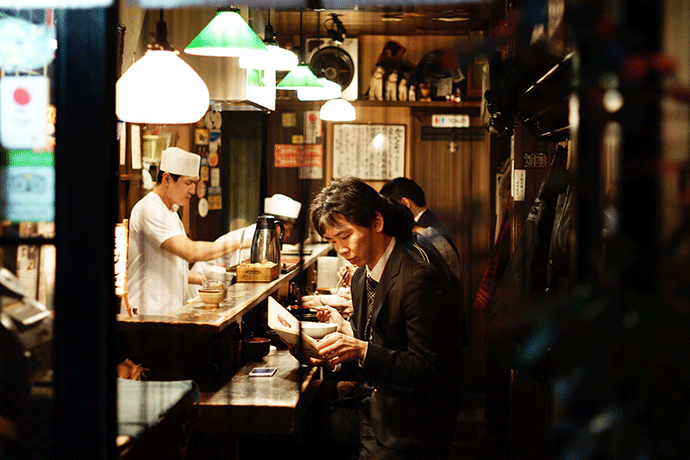Ever wondered about the ingredients in Japanese food? Do you know what tofu is? And have you enjoyed miso before? Below is our guide on Japanese ingredients explained so you no longer have to wonder about the difference between daikon and dashi, miso and tofu, konbu and Katsuobushi and other Japanese ingredients you may come across in your day to day life.
Japanese ingredients explained:
Daikon: A large white radish shaped like a carrot. It is usually about 30cm long with a diameter of 6 – 8cm. In India, daikon is known as mooli.
Dashi: A stock made by simmering konbu and katsuobushi. You can also use instant granules.
Ginkgo nuts: Ginkgo nuts are not real nuts. It is the fruit of the Ginkgo biloba tree. This can also be replaced with almonds if necessary.
Hakusai: Chinese cabbage with large white leaves turning green at the top.
Harusame: These thin noodles are usually made of mung bean or potato starch. The name Harusame means ‘spring rain’.
Katsuobushi: Dried bonito fish flakes.
Konbu (or kombu): Dried kelp.
Mirin: A sweet rice-based liquor brewed for cooking. Mirin can be replaced with sweet sherry in cooking.
Miso: Fermented soya bean paste.
Sake: Often called rice wine. In fact, it is brewed almost like beer.
Shichimi togarashi: Japanese seven spice mix containing chilli and six variables such as dried seaweed, dried orange, sesame seeds as well as poppy seeds.
Tofu: Soya bean curd.
Try these delicious Japanese recipes:
Japanese yokitori (grilled chicken skewers)
Roast fish with Japanese pickled vegetables and miso dressing
Deconstructed sushi

